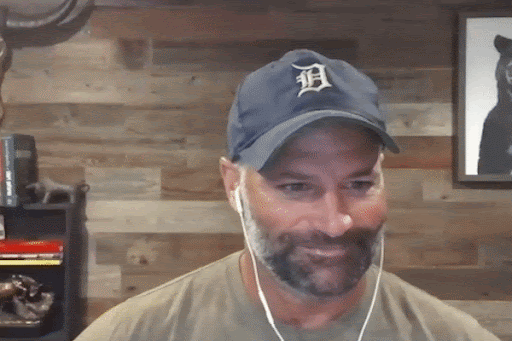Riddle me this, Evolvers…
What’s one of the top reasons 90% of newbie traders fail?
It’s not because they’re unintelligent or incapable … It’s because many lack discipline and force quick trades that don’t fit their strategy.
In other words, they don’t have a game plan!
If this sounds like you, know that you’re not alone…
I understand the temptation to make trades that don’t perfectly fit your plan. I still do it from time to time.
(My last several weeks of trading have been clear evidence of this!)
So, today I’m writing this as much for me as I am for you.
Keep reading and I’ll show you how to plan your trades (and trade your plan) like a pro…
How to Avoid Forcing Trades
The most common way I see traders stray from their game plans is by forcing trades.
Most people get into trading because they wanna make more money and find financial freedom. But make no mistake — trading isn’t like other jobs.
There’s no such thing as guaranteed money in this game. Sometimes there aren’t any good trades out there. That’s just the way it is.
But I promise you’ll have times when you put on subpar trade against your better judgment.
Most of the time, you know it’s not a good setup … yet you feel like you should trade, whether it’s out of boredom, greed, or FOMO.
But what’s the difference between a forced trade and a good trade?
For newer traders, it can be hard to tell the difference…
For me, one main difference between a good trade and a forced trade is having a solid game plan before entering…
How to Create a Reliable Game Plan
I create a game plan for every trade I execute ahead of time — and I upload them all to Profit.ly.
How do I plan?
I make notes about where I expect the stock to go and where I’ll sell if I’m wrong.
You absolutely must determine your price target and risk level before entering any positions. If you don’t, you’ll be lost about when to exit.
Most of the time, if the stock doesn’t start doing what I expect immediately, I cut the trade entirely.
This discipline has kept me from ever experiencing a big drawdown in my account. (Take a look at my profit chart if you don’t believe me!)
I can thank my mentor for this. There’s a good reason Tim Sykes’ #1 rule is to cut losses quickly…
You can always get back into a trade if you’re wrong the first time. But if you let a bad play get out of control, it could be disastrous for your account.
Luckily, there’s a way to prevent this from happening — form a trading game plan before you make any trades.
And two crucial components of any plan are solid entry and exit strategies…
Entry Plans
You should never buy contracts without carefully considering your entry point…
But I see many inexperienced traders make this mistake.
They’ll get trigger-happy and buy contracts immediately, then realize they could’ve purchased at a lower price had they just been a little more patient.
Here are some important factors to take into account when entering options trades:
- If you’re thinking about buying puts, consider whether there’s a major support level near the current share price. If there is, you may wanna wait to see the stock lose that level before buying puts.
- The inverse is true if you’re buying calls. Check to see if there’s a level of strong overhead resistance to worry about, and if so, wait for the stock to crack that level before buying the calls.
- Watch the price of contracts throughout the day, noting their high and low points. This will give you an accurate gauge of the range the premiums are trading within. That way, you don’t have to guess what a good fill is … you’ll know you’re buying near the low of the day.
Exit Plans
How you exit trades is arguably even more important than how you enter them…
After all, exits are where you make (or break) the bank.
With that in mind, here are some pieces of wisdom I’ve acquired over the years about exiting trades successfully:
- Always have a price target where you plan to exit. I like to have a target for the share price as well as for the options premium. For example, I’ll write in my trading journal “I’m aiming for Stock XYZ to hit $95, or to hold the contracts I’m trading from $1.20 to $2.50ish.”
- If you’re worried about your timing, or being able to pay attention to the market for the entire trading day, don’t hesitate to set a limit sell order. You can even do this as soon as you put the trade on. That way, you can make sure your contracts get sold if you hit your price target.
- If you’re up 100% on an options trade, you should probably just sell the entire position. But if you see more upside on the chart, you can sell half of your position to make the remainder of the trade risk-free. From there, you’re ‘playing with house money.’ This can make the second half of the trade — and your ultimate exit — much less stressful.
Final Thoughts
Making a game plan isn’t easy. It may take months or years before you develop a plan that works perfectly for you.
But if you don’t make a plan and stick to it, you might as well be stuck in the middle of the ocean without a raft. You won’t make it in the markets.
Keep track of every trade and make sure your plays are fitting into both your near-term and long-term goals.
That way, if you notice yourself trying to force trades that don’t fit your plan, you’ll be able to adjust immediately BEFORE it’s too late.


